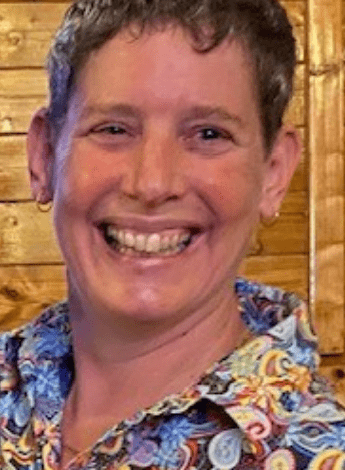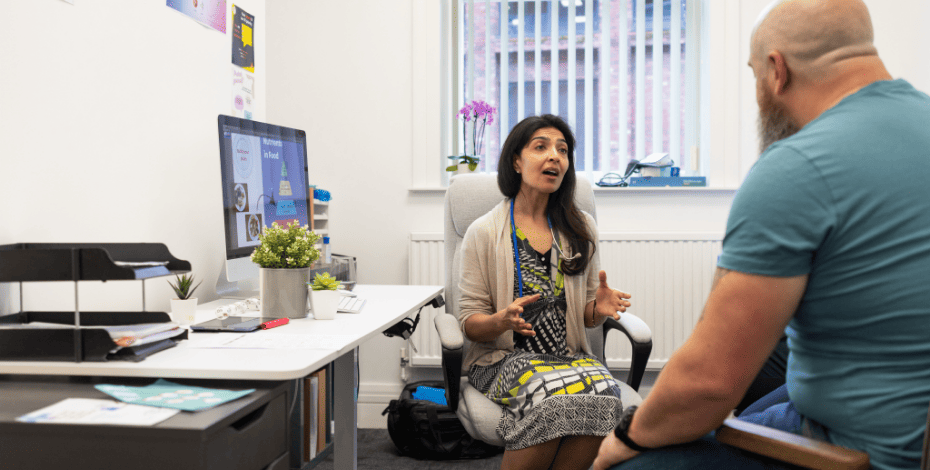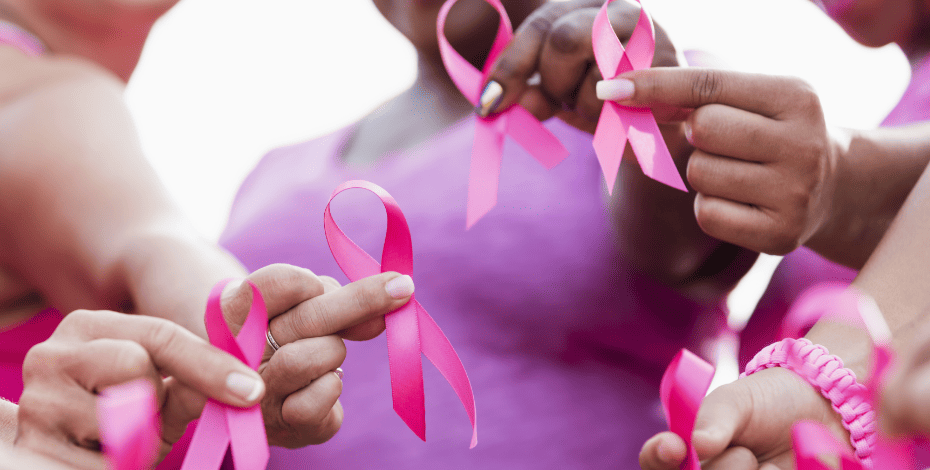
The LGBTQIA+ community at work

Tradies National Health Month is a good time for physiotherapists working in occupational health to consider the significant difference they can make for members of the LGBTQIA+ community, says Susan Mitchell.
Physiotherapists working in occupational health offer a range of workplace prevention and rehabilitation services, both onsite and within clinics.
One of the key roles is providing injury prevention training to individuals and groups.
Physiotherapists conducting training must be aware that there may be participants who are gender diverse or who identify as LGBTQIA+ and use appropriate, inclusive language when addressing the participants.
The use of inclusive language can promote a positive learning environment, while poor use of language could make a participant uncomfortable.
It could also lessen the overall impact of the training because you risk losing the respect of the group.
Casual misgendering and incorrect pronoun use could be perceived as a form of bullying or harassment.
All workers have the right to a healthy and safe working environment and work health and safety laws require a person conducting a business or undertaking, such as an employer, to ensure the physical and psychosocial health and safety of workers.
As far as is reasonably practicable, they must eliminate or minimise risks to psychological health as well as physical health (refer to codes of practice and work health and safety regulations for more information).
It should be noted that there has been a dramatic increase in work-related mental health conditions, with lost time in these cases more than four times longer than for other injuries (Safe Work Australia 2023).
Over the past 10 years, more than 1,140,000 workers—around one in every 12—have made a serious workers compensation claim involving more than one week of lost working time (Safe Work Australia 2023).
The National return to work survey 2018 (Safe Work Australia 2018) indicated that approximately one-third of workers expected a negative reaction from colleagues in response to disclosing a workplace injury or illness.

Susan Mitchell.
Just over 15 per cent of survey respondents said that their employer would actively discourage injury or incident claiming/reporting, highlighting the salience of stigma in some workplace settings.
Casey et al (2021) completed a research study into stigma and included ‘LGBTI+’ as one of their stigma domains.
Their research suggests that the most efficient and cost-effective way to reduce stigma is to create supportive, inclusive and mentally healthy workplaces.
As trainers and treatment providers, physiotherapists are interacting with workers in their workplaces.
They can identify both good and poor workplaces and influence the work environment to be supportive and inclusive.
Physiotherapists working in occupational health have a responsibility to call out bullying and harassment of members of the LGBTQIA+ community as well as other marginalised groups.
Examples of bullying and harassment might be the use of gendered language, exclusive signs and posters or overheard inappropriate language.
It is also important for physiotherapists to reflect on their training resources and presentations.
What images are used?
Do they promote diversity?
Or are ‘tradie’ presentations dominated by middle-aged white people in suits?
Simple steps can be taken to reflect personal allyship, including using pronouns in documents and presentation titles, wearing rainbow flag or pronoun pins and ensuring that your workplace supports diversity, both physically and in its documentation.
>> Susan Mitchell APAM (she/her) is an Adelaide-based physiotherapist and a member of the APA LGBTQIA+ Advisory Panel and the South Australian branch of the APA Occupational Health national group. She is passionate about injury prevention and improving physical and mental health in the workplace.
Quick links:
© Copyright 2025 by Australian Physiotherapy Association. All rights reserved.





